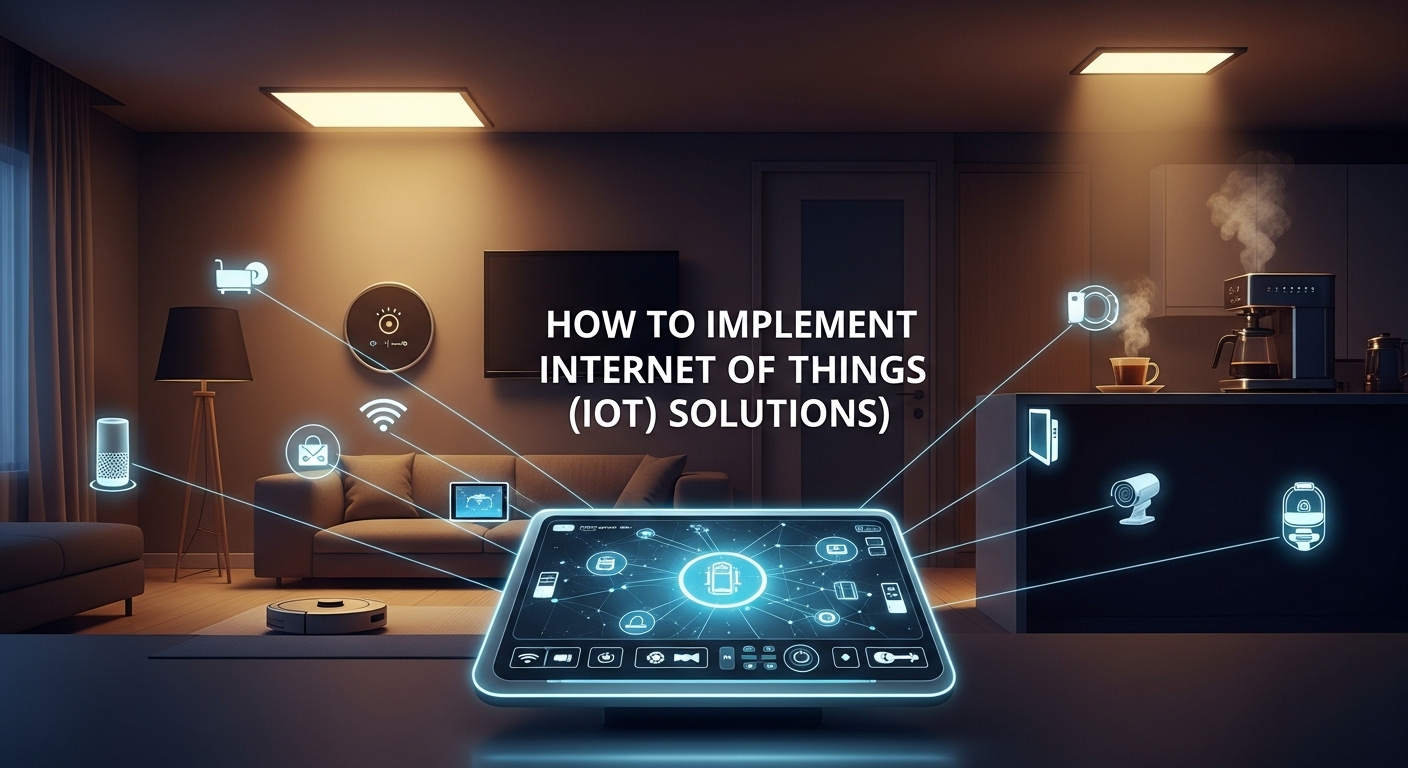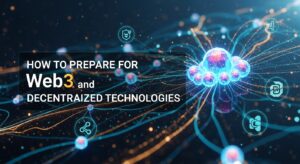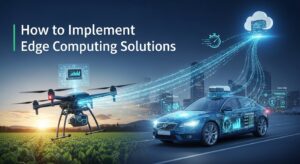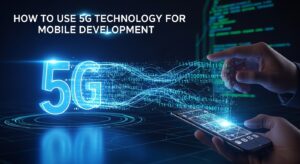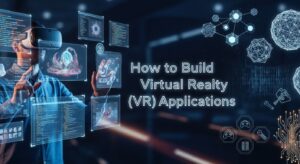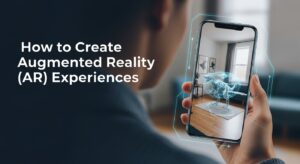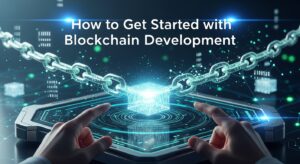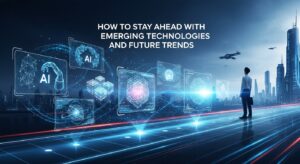When organizations decide to implement IoT solutions, they’re embarking on a transformative journey that can revolutionize their operations, enhance customer experiences, and unlock new revenue streams. However, successful IoT implementation requires careful planning, strategic thinking, and a deep understanding of both technical and business considerations.
The Internet of Things has evolved from a futuristic concept to a critical business imperative. With over 30 billion connected devices expected by 2030, organizations that fail to implement IoT solutions risk falling behind their competitors who leverage these technologies to optimize processes, reduce costs, and create innovative products and services.
Understanding the Foundation: What Does It Mean to Implement IoT Solutions?
Before diving into the implementation process, it’s essential to establish a clear understanding of what IoT solutions encompass. To implement IoT solutions effectively means creating an integrated ecosystem of connected devices, sensors, networks, and applications that collect, transmit, and analyze data to drive automated decisions and insights.
IoT solutions typically consist of four fundamental layers: the device layer (sensors and actuators), connectivity layer (networks and protocols), data processing layer (edge and cloud computing), and application layer (user interfaces and business logic). Understanding these components helps organizations approach their IoT implementation strategy with clarity and purpose.
Phase 1: Strategic Planning for IoT Implementation
Defining Business Objectives and Use Cases
The first critical step when organizations implement IoT solutions is establishing clear business objectives. Without well-defined goals, IoT projects often become technology solutions searching for problems rather than strategic initiatives driving business value.
Consider these key questions during the planning phase:
- What specific business challenges are you trying to solve?
- How will success be measured?
- What return on investment do you expect?
- Which stakeholders will be affected by the implementation?
Common IoT use cases include predictive maintenance, asset tracking, environmental monitoring, smart building management, and supply chain optimization. Each use case requires different technical approaches and success metrics.
Conducting a Comprehensive Assessment
Before implementing any IoT solution, organizations must assess their current infrastructure, capabilities, and readiness. This assessment should evaluate existing IT infrastructure, network capacity, security posture, data management capabilities, and organizational change management readiness.
A thorough assessment helps identify gaps that need addressing and prevents costly mistakes during implementation. It also helps establish realistic timelines and budgets for the IoT deployment.
Phase 2: Designing Your IoT Architecture
Selecting the Right IoT Platform and Technologies
When you implement IoT solutions, choosing the appropriate platform and technologies forms the backbone of your entire system. IoT platforms provide the middleware that connects devices to applications and typically include device management, data processing, analytics, and integration capabilities.
Popular IoT platforms include:
Platform Type | Examples | Best For |
Cloud-based | AWS IoT Core, Microsoft Azure IoT | Scalable, enterprise solutions |
Edge-focused | EdgeX Foundry, Azure IoT Edge | Real-time processing, low latency |
Industry-specific | PTC ThingWorx, GE Predix | Specialized vertical solutions |
Open-source | OpenIoT, SiteWhere | Custom, cost-effective implementations |
Network Architecture and Connectivity Decisions
Connectivity represents a critical decision point when organizations implement IoT solutions. The choice between WiFi, cellular, LoRaWAN, Zigbee, or other protocols depends on factors such as range requirements, power consumption, data volume, and cost considerations.
For example, smart city implementations often require long-range, low-power solutions like LoRaWAN, while industrial applications might need the reliability and speed of wired Ethernet or 5G connectivity. Understanding these trade-offs ensures optimal performance and cost-effectiveness.
Edge Computing vs. Cloud Processing Strategy
Modern IoT architectures must balance edge computing and cloud processing to optimize performance, reduce latency, and manage costs effectively. Edge computing processes data closer to where it’s generated, reducing bandwidth usage and enabling real-time responses, while cloud processing provides virtually unlimited computational power and storage capacity.
The optimal strategy often involves a hybrid approach where time-sensitive decisions happen at the edge, while complex analytics and long-term data storage occur in the cloud.
Phase 3: Security and Compliance Framework
Implementing Robust IoT Security Measures
Security remains one of the most critical aspects when organizations implement IoT solutions. IoT devices often have limited computational resources, making traditional security approaches challenging to implement. A comprehensive IoT security strategy must address device authentication, data encryption, network security, and ongoing monitoring.
Essential security measures include:
- Device identity and access management
- End-to-end encryption for data in transit and at rest
- Regular security updates and patch management
- Network segmentation and monitoring
- Incident response procedures
For detailed security best practices, refer to resources from the Industrial Internet Consortium and the IoT Security Foundation.
Regulatory Compliance Considerations
Different industries face varying regulatory requirements that impact how they implement IoT solutions. Healthcare organizations must comply with HIPAA, financial services need SOX compliance, and European companies must address GDPR requirements for data privacy.
Understanding these compliance requirements early in the implementation process prevents costly retrofitting and ensures smooth deployment and operation.
Phase 4: Data Management and Analytics Strategy
Designing Data Architecture for IoT
IoT implementations generate massive volumes of data that require careful architectural planning. Organizations must design systems capable of ingesting, storing, processing, and analyzing data streams from thousands or millions of connected devices.
Key considerations include data ingestion rates, storage requirements, real-time processing needs, and long-term analytics goals. Modern data architectures often employ lambda or kappa architectures that handle both batch and stream processing efficiently.
Implementing Analytics and Machine Learning
The true value of IoT solutions emerges through analytics and machine learning capabilities that transform raw sensor data into actionable insights. Organizations should implement IoT solutions with analytics capabilities that support descriptive, predictive, and prescriptive analytics.
Machine learning models can identify patterns, predict equipment failures, optimize processes, and automate decision-making. However, successful implementation requires clean data, appropriate model selection, and ongoing model monitoring and maintenance.
Phase 5: Device Management and Integration
Device Provisioning and Management
As organizations scale their IoT implementations, device management becomes increasingly complex. Effective device management includes device provisioning, configuration management, monitoring, troubleshooting, and lifecycle management.
Modern IoT platforms provide device management capabilities that support over-the-air updates, remote configuration changes, and centralized monitoring. These capabilities are essential for maintaining large-scale IoT deployments efficiently.
Integration with Existing Systems
Successful IoT implementations rarely exist in isolation. Organizations must integrate IoT solutions with existing enterprise systems such as ERP, CRM, and business intelligence platforms to maximize value.
API-based integration approaches provide flexibility and scalability, while ETL processes can batch-process IoT data into data warehouses for comprehensive analysis. Consider leveraging integration platforms like MuleSoft or Dell Boomi for complex integration scenarios.
Phase 6: Testing and Deployment Strategy
Pilot Testing and Proof of Concepts
Before full-scale deployment, organizations should implement IoT solutions through carefully planned pilot programs. Pilot testing helps validate technical assumptions, identify integration challenges, and demonstrate business value to stakeholders.
Effective pilot programs typically focus on specific use cases, involve limited numbers of devices and users, and include clear success criteria and evaluation metrics. The insights gained from pilot testing inform the broader deployment strategy and help avoid costly mistakes.
Phased Deployment Approach
Large-scale IoT implementations benefit from phased deployment strategies that gradually expand scope and complexity. This approach allows organizations to learn from early deployments, refine processes, and build organizational capabilities progressively.
Phased deployment also helps manage risk, control costs, and ensure that each phase delivers measurable business value before proceeding to the next stage.
Phase 7: Monitoring and Optimization
Establishing Performance Monitoring
Once organizations implement IoT solutions, continuous monitoring becomes essential for ensuring optimal performance, identifying issues, and maximizing value. Comprehensive monitoring should cover device health, network performance, data quality, and business metrics.
Key performance indicators might include device uptime, data transmission rates, system response times, and business-specific metrics like energy savings or productivity improvements.
Continuous Improvement and Scaling
Successful IoT implementations require ongoing optimization and scaling. Organizations should establish processes for analyzing performance data, identifying improvement opportunities, and implementing enhancements.
Scaling considerations include device management capabilities, network capacity, data processing resources, and organizational capabilities. Planning for scale from the beginning helps avoid architectural limitations that could constrain future growth.
Common Implementation Challenges and Solutions
- Technical Challenges: When organizations implement IoT solutions, they frequently encounter technical challenges including device interoperability, network reliability, data integration complexity, and scalability limitations. Addressing these challenges requires careful planning, appropriate technology selection, and robust architectural design.
- Organizational Challenges: Beyond technical considerations, organizations must address cultural resistance, skill gaps, change management needs, and cross-functional coordination challenges. Successful implementations typically involve comprehensive training programs, clear communication strategies, and strong executive sponsorship.
Measuring Success and ROI
- Defining Success Metrics: Organizations that implement IoT solutions successfully establish clear metrics for measuring value and return on investment. These metrics should align with original business objectives and may include operational efficiency improvements, cost reductions, revenue increases, or customer satisfaction enhancements.
- Long-term Value Realization: IoT implementations often deliver value over extended periods, making long-term measurement and optimization critical. Organizations should establish processes for tracking value realization, identifying new opportunities, and continuously evolving their IoT capabilities.
Future-Proofing Your IoT Implementation
As you implement IoT solutions, consider emerging technologies and trends that may impact your implementation. These include 5G networks, edge AI capabilities, digital twins, and autonomous systems. Designing flexible, extensible architectures helps ensure your IoT investment remains valuable as technology evolves.
The journey to implement IoT solutions successfully requires strategic thinking, technical expertise, and organizational commitment. By following a structured approach that addresses planning, architecture, security, deployment, and optimization, organizations can maximize their chances of success and realize significant value from their IoT investments.
For additional resources on IoT implementation, consider exploring guides from the IEEE Internet of Things community and McKinsey’s IoT insights.

